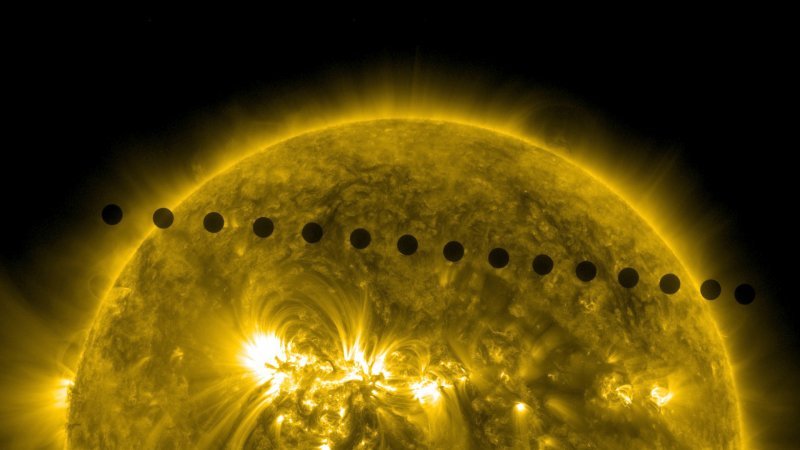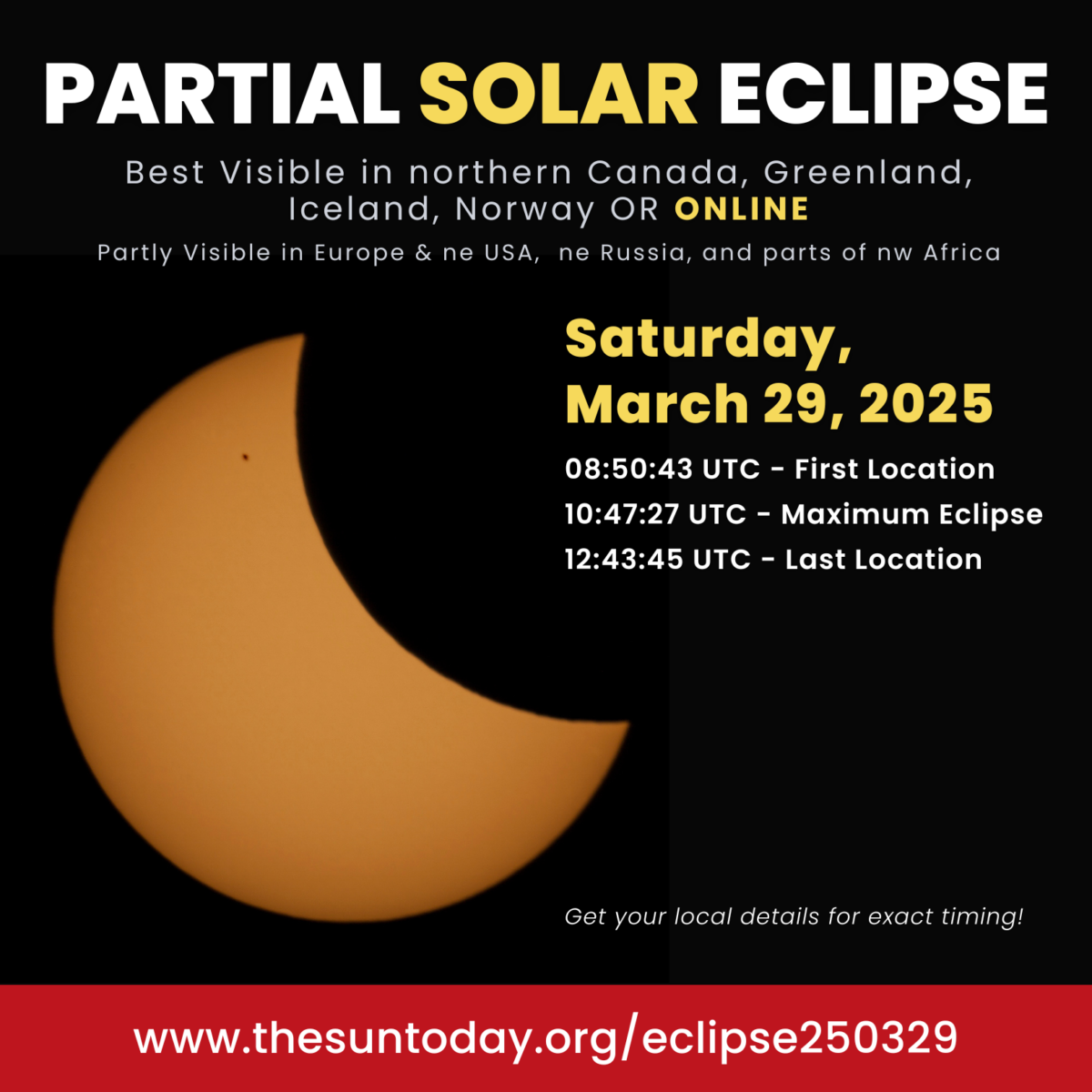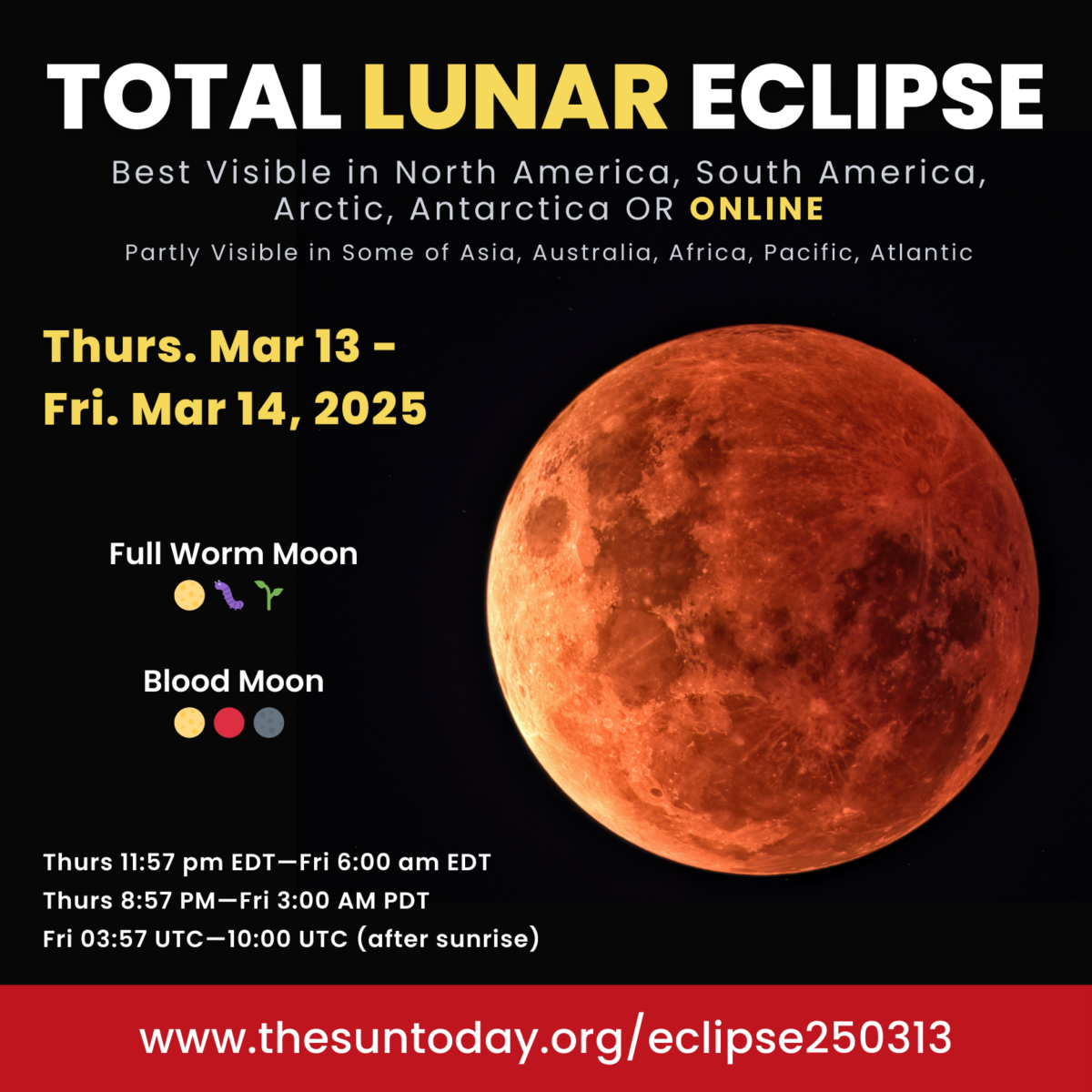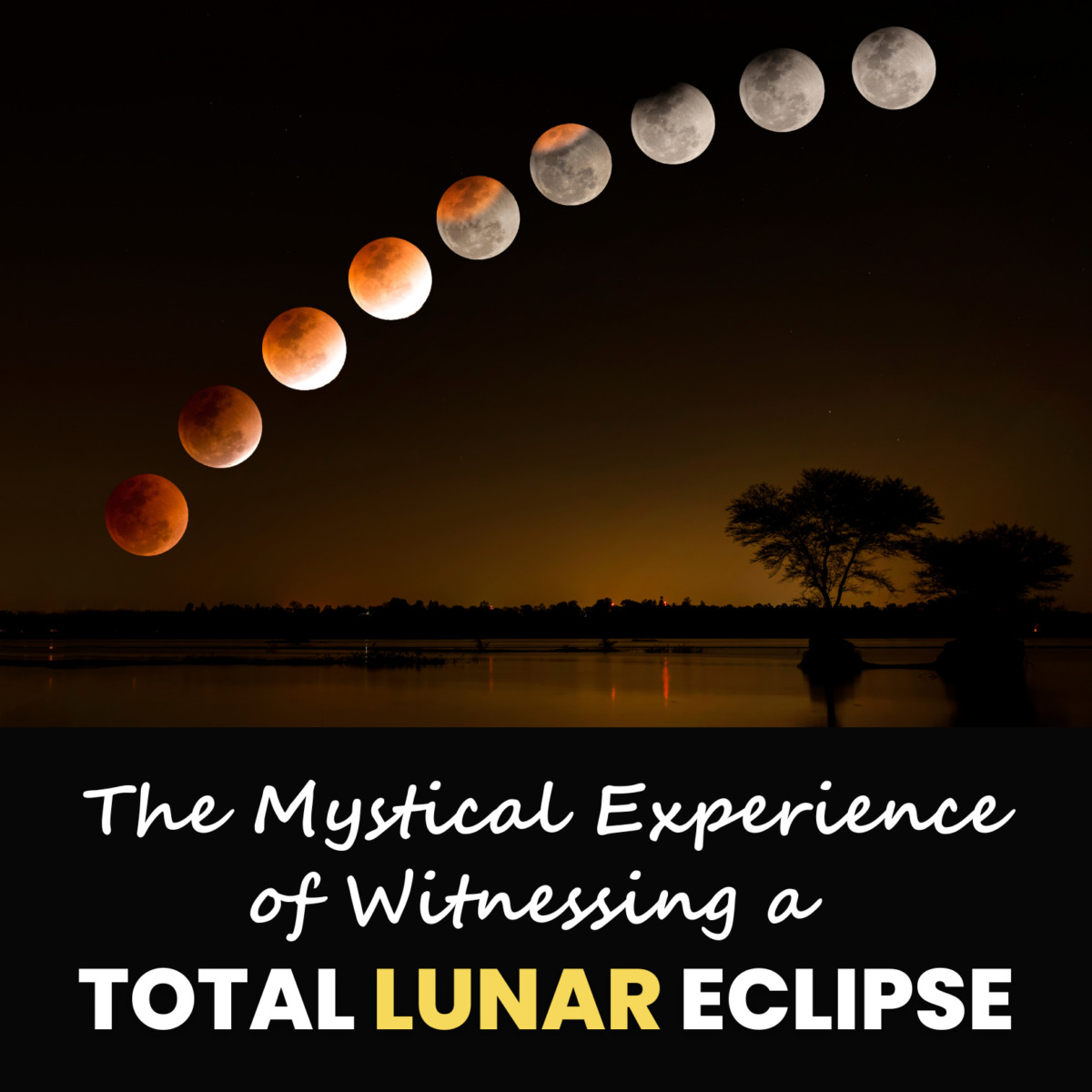
Venus transits in front of the sun are rare spectacles when viewed from Earth.
It won’t happen again in our lifetime! It is the rarest predictable astronomical event, occurs 4 times every 234 years!
Sir Edmund Haley (same as the comet) was the first to realize that the transits could be used to measure the absolute scale of the solar system. Expeditions in 1761 and 1769 to observe the transits of Venus gave astronomers their first good value for the Sun’s distance.
Quick facts on the Transit of Venus
- The transits occur in pairs with the 2 transits always occurring 8 years apart.
- Pairs of transits follow a pattern of occurring every 121.5 or 105.5 years.
- The last Transit of Venus happens on June 5 – 6, 2012.
- The previous transit was on June 8, 2004.
- There have only been six transits or 3 pairs (1631, 1639, 1761, 1769, 1874 and 1882) since the invention of the telescope.
- The next one will have in 2117. That is 105 1/2 years in between events!
- The one before 2004 was in 1882. 121 1/2 years before 2004.
- Transits & eclipses are rare celestial events but the transit of Venus is the rarest.
- Only 6 past transits have been observed stating with the 1639 transit.
- Transits of Venus allow astronomers to calculate more accurately the distance of Venus from the Sun, and subsequently the distances of other planets.
- The Solar Dynamic Observatory captured the Sun during the 2012 transit in unprecedented detail.
Check out the recap & archive of the live broadcast to learn more!




